Refund Guaranteed

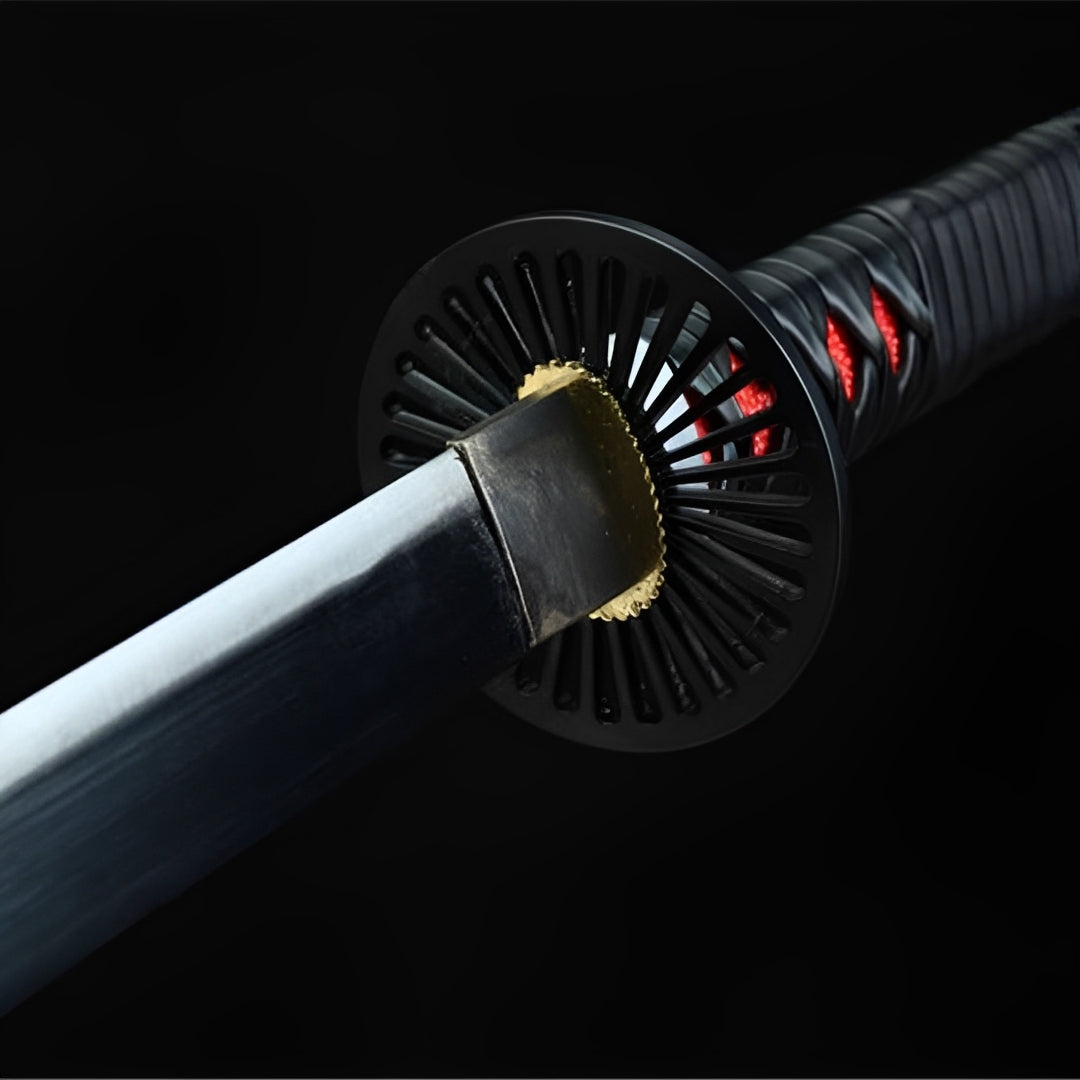
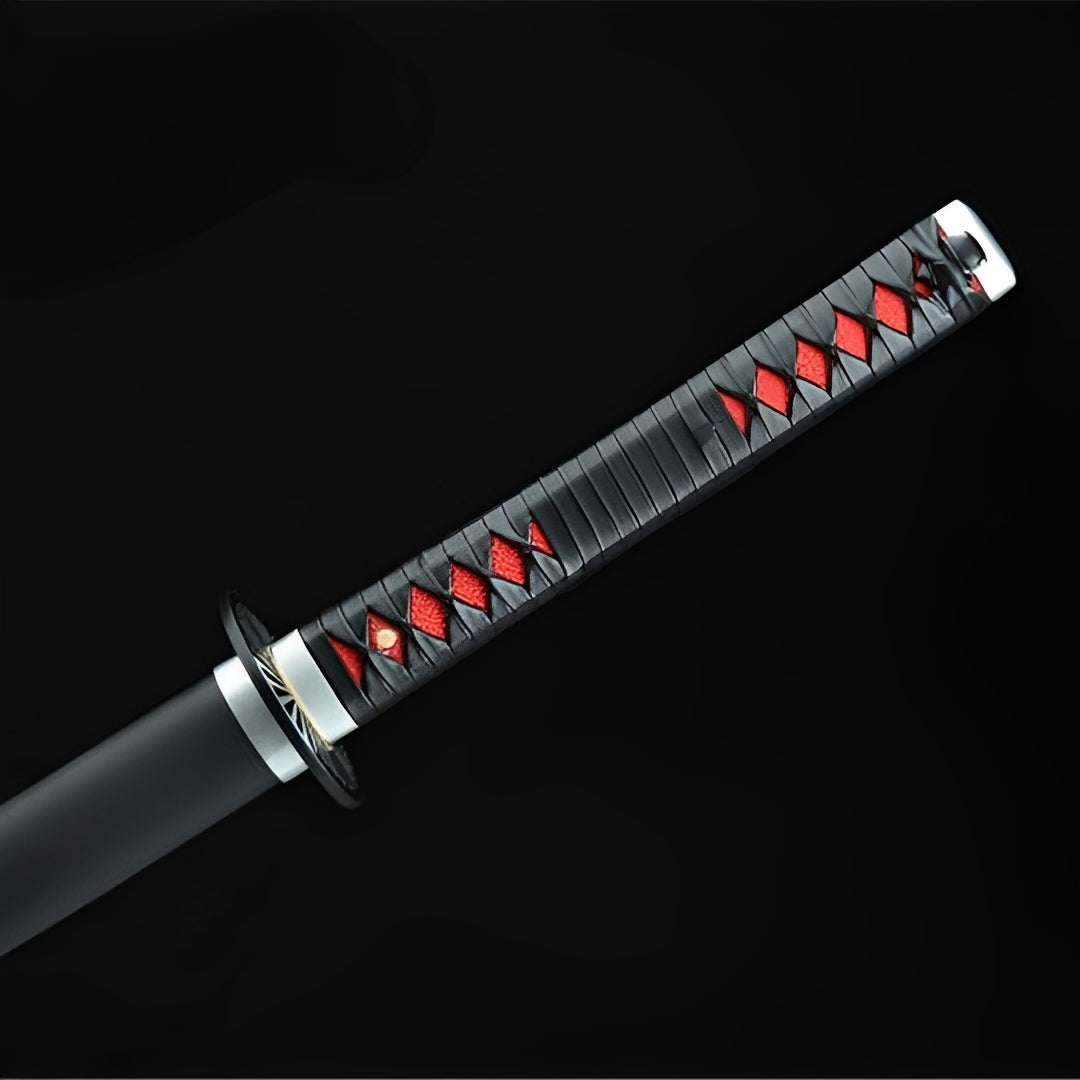
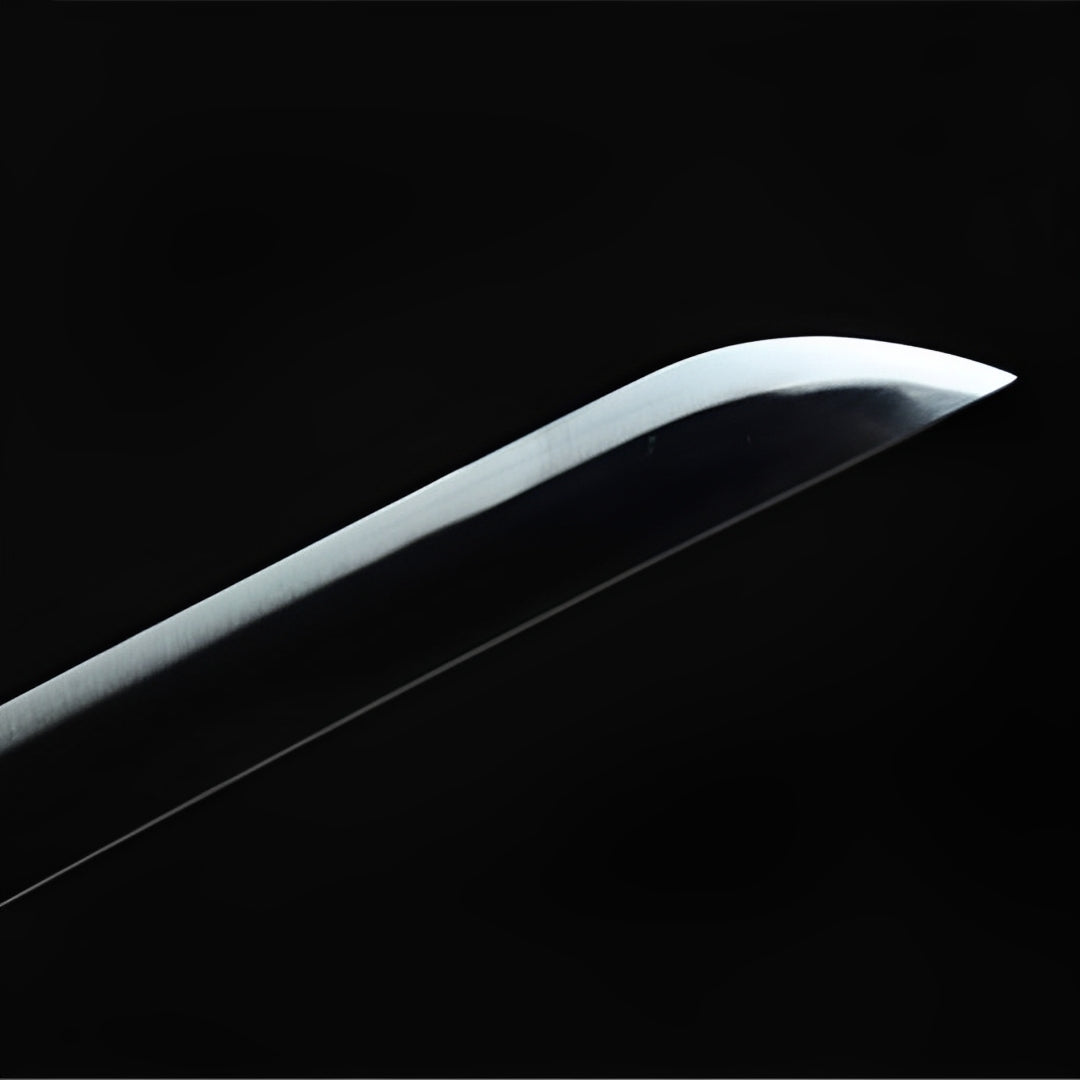
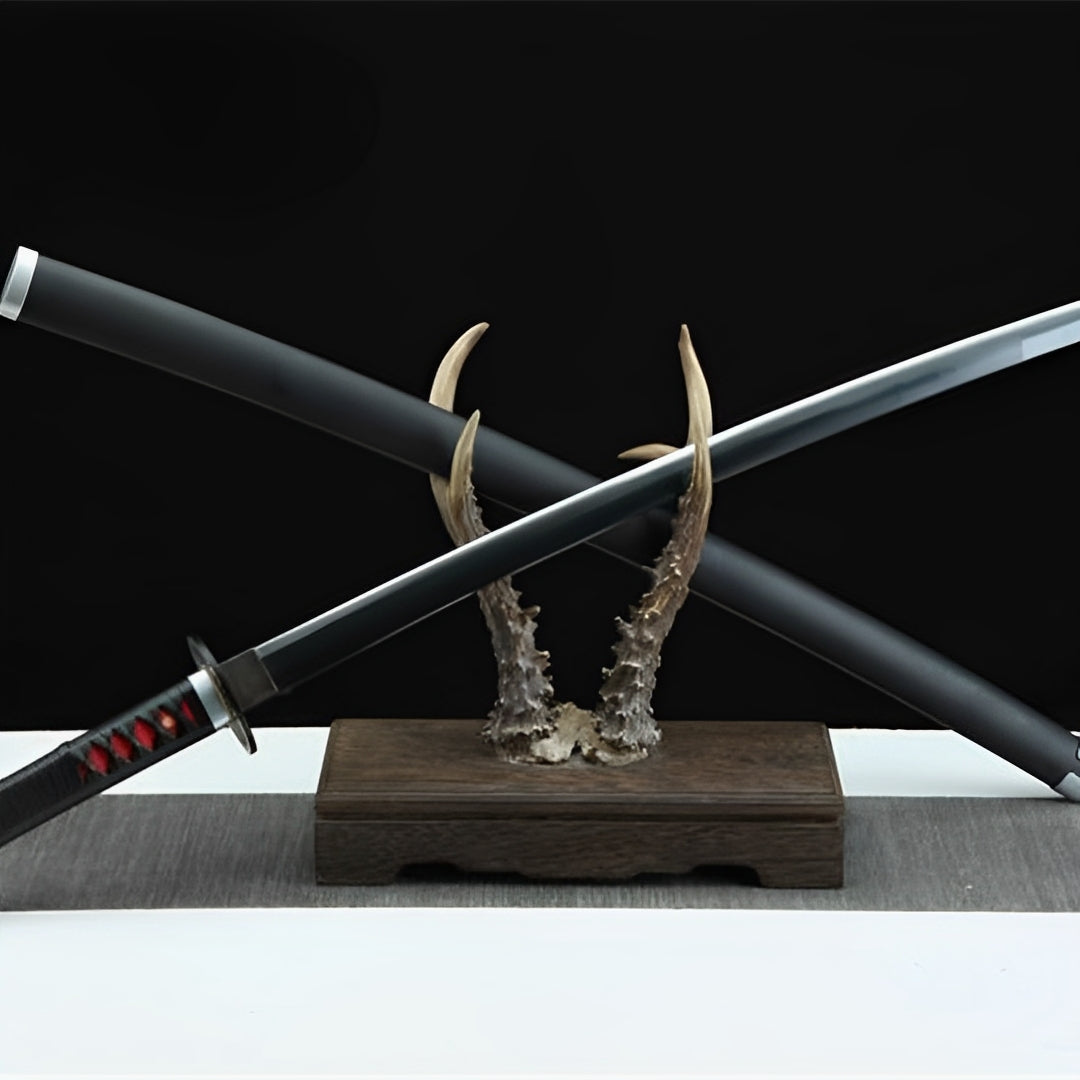

Why choose us
Ships within 48/72h
Forged Blade
Collector Quality
Trusted Globally
Inspired by Japan
Nichirin Katana (Demon Slayer) - ニチリン

Note: Engraving placement and orientation may vary by blade model (hamon, geometry, and flat area).
Popular upgrades
Free Shipping over $250
No Bots, No AI
Refund Guaranteed
Free Shipping over $250
No Bots, No AI
Our team is here to help with any questions or concerns.
We’re always happy to assist you — don’t hesitate to reach out.
Why choose us
Ships within 48/72h
Forged Blade
Collector Quality
Trusted Globally
Inspired by Japan

Nichirin Katana (Demon Slayer) - ニチリン
Specifications
- Handmade
- SHARP
- Blade: 1060 Carbon Steel
- SAGEO & ITO in Cotton
- Synthetic Rayskin
- Full Tang
- Iron Tsuba
- Total size: 105cm / 41 (in)
- Blade size: 72cm / 28 (in)
- Blade width: 3,2cm / 1.2 (in)
- Blade thickness: 0,7cm / 0.27 (in)
- Handle size: 30cm / 11.8 (in)
Nichirin Katana - Color-Changing Demon Slayer Blade
Await your destiny with the Nichirin Katana, the blade that reveals its wielder's true nature. This transformative Demon Slayer sword captures the Corps' most fascinating mystery - steel that changes color reflecting owner's Breathing style and potential, silver before awakening like canvas awaiting artist's first stroke. Not predetermined weapon but mirror of soul, each slayer drawing it for first time witnesses personal revelation as metal shifts from neutral gray to destined hue announcing their path forward.
The Color Revelation System
Demon Slayer's nichirin blade concept revolutionized anime weapons by making them diagnostic tools. Unlike static swords maintaining fixed appearance, nichirin steel forged from Sunlight Mountain ore absorbs sunlight year-round, then transforms when first wielded - turning blue for Water Breathing users, red for Flame style, yellow for Thunder, pink for Love, and so forth. The color can't be chosen or changed, only revealed.
This transforming blade represents potential before specialization. The silver-gray appearance suggests the moment before Final Selection survivors receive their swords, that pregnant pause when anything seems possible. Will your blade turn the common blue? The rare black? The legendary red of Sun Breathing? The uncertainty itself becomes narrative device exploring identity, destiny, and whether we choose our paths or paths choose us.
The Corps weaponsmith Haganezuka explaining the transformation to nervous new slayers provides series' most anxious moments. Imagine holding sword knowing its color will define your future, that the steel somehow knows you better than you know yourself, that what it reveals might contradict your training or dreams. That psychological weight makes nichirin blades more than weapons - they're existential judgment.
Historical slayers with rare colors faced increased expectations or prejudice. Black blade wielders like Tanjiro fought superstitions about shortened lifespans. Users of unique colors like Mitsuri's pink Love Breathing attracted ridicule before proving effectiveness. The destiny blade concept explores how external classifications shape self-perception and whether we accept or defy those labels.
Collectors owning standard nichirin replicas engage with that pre-transformation state. Unlike character-specific swords announcing particular Breathing styles, this generic Corps blade represents universal demon slayer experience - the training, the Final Selection survival, the moment receiving your sword and discovering who you truly are.
Silver Potential Aesthetic
The neutral gray-silver saya creates visual calm unlike the aggressive colors character-specific blades display. This restraint isn't weakness but deliberate choice - the blade waits patiently for its wielder rather than shouting predetermined identity. The silver katana represents that liminal state between recruitment and specialization.
The matte finish suggests unpolished potential requiring hard work revealing hidden brilliance. Like rough ore containing diamonds, or coal under pressure becoming diamonds, the silver blade promises transformation through effort. This metaphor resonates beyond anime - everyone begins uncertain, discovers themselves through challenges, emerges transformed by experiences.
The black-and-red handle wrapping provides sole color accent, creating visual interest preventing the neutral palette from becoming sterile. The crimson diamonds specifically reference the Corps itself - all demon slayers regardless of rank or Breathing style share red blood, face same demons, risk identical deaths. The red unifies before colors divide into specialized schools.
Traditional katana featuring silver or gray tones actually prove quite rare - most prefer blacks, browns, natural woods, or bold colors making statements. The Nichirin's deliberate neutrality therefore stands out through refusing to stand out, paradoxically becoming memorable by remaining generic until transformation occurs.
The clean aesthetic photographs well, working beautifully for cosplayers portraying generic Corps members, background slayers, or new recruits before receiving character-specific weapons. The universal design fits any Demon Slayer character from any Breathing style, making it versatile prop for group cosplays or convention meetups.
Radial Sun Guard
The tsuba features dramatic radiating pattern like sun rays emanating from central hub - fitting symbolism for swords forged from Sunlight Mountain ore. These geometric lines reference the solar energy absorbed into steel during forging process, the sunlight concentrating into demon-slaying properties that make nichirin blades uniquely effective against creatures otherwise unkillable.
The black finish with gold accents creates sophisticated contrast. The dark base prevents the radial pattern from becoming visually overwhelming while gold highlighting emphasizes the solar connection. This two-tone metalwork demonstrates craftsmanship befitting weapons that mean difference between survival and death during demon encounters.
Traditional Japanese sword guards often featured symbolic designs connecting wielder to cosmic forces, spiritual protection, or philosophical concepts. The Nichirin's solar pattern continues that tradition, acknowledging that these swords channel literal sunlight - the one elemental force demons cannot resist, the cosmic power that Muzan fears above all else.
The radiating design also suggests the Corps itself - individual slayers spreading outward from central training, each becoming ray of sunlight piercing darkness threatening humanity. Alone, single ray seems weak; together, coordinated demon slayers become dawn burning away night's terrors. The guard's geometry visualizes that collective strength philosophy.
Universal Corps Experience
Unlike character-specific replicas celebrating particular heroes, this generic Demon Slayer blade honors the thousands of unnamed slayers who died protecting humanity. For every Hashira achieving legendary status, hundreds of lower-ranked soldiers fell to demons, their names forgotten but their sacrifices enabling heroes' eventual victories.
The sword represents Demon Slayer's democratized heroism. Tanjiro, Rengoku, and Hashira rightfully receive attention, but Corps succeeds because ordinary people with ordinary colors fight anyway. Blue blades aren't inferior to black or red - they're different tools serving same purpose. The silver nichirin blade before transformation represents that egalitarian moment where everyone stands equal, undefined by colors not yet revealed.
Training sequences where characters master Breathing techniques typically feature generic swords before Final Selection. The silver blade therefore connects to those formative moments - the exhausting conditioning, the near-death experiences, the gradual realization that demon slaying means probable death but necessary sacrifice. That gravity makes even generic equipment symbolically weighted.
Modern viewers appreciate stories acknowledging that not everyone becomes protagonist. Most military members aren't generals, most workers aren't CEOs, most people live ordinary lives contributing to collective success. Demon Slayer respecting unnamed Corps members through their standard-issue weapons validates that perspective - heroism isn't reserved for named characters with unique colors.
Transformation Anticipation
What makes this replica compelling is its invitation to imagination. Looking at Rengoku's orange sword, you see completed story. Looking at silver nichirin blade, you see unlimited possibility. What color WOULD it turn if you wielded it? What Breathing style matches your personality? Would you specialize or remain adaptable like Tanjiro mastering multiple forms?
This potential blade becomes interactive rather than static. Collectors project themselves into Demon Slayer universe, imagining their Final Selection survival, their sword ceremony, the moment of color revelation. That participatory element creates engagement beyond passive ownership.
The anticipation mirrors real-life moments before major revelations - college acceptance letters, medical test results, audition callbacks. That space between action and outcome, where infinite possibilities exist simultaneously until observation collapses them into single reality. The silver blade embodies that quantum state where you could be anything before becoming something specific.
Fan communities frequently debate their theoretical nichirin colors based on personality tests, favorite Breathing styles, or astrological signs. The generic replica facilitates those conversations, serving as physical prompt for creative engagement with Demon Slayer's world-building.
Essential Foundation Piece
For Demon Slayer collectors building comprehensive arsenals, this standard Corps sword provides essential foundation. Character-specific blades like Tanjiro's black or Rengoku's flame patterns represent specialized evolution, but every collection needs the baseline against which uniqueness measures itself.
Display contexts benefit from including generic examples. Museum collections don't only showcase masterpieces - they include ordinary items contextualizing exceptional ones. Similarly, Demon Slayer sword collections gain depth through including standard-issue equipment demonstrating what makes character-specific weapons special.
Budget considerations favor the generic replica. Character-specific swords often command premium prices due to popularity and licensing. Standard nichirin blades typically cost less while providing authentic Demon Slayer aesthetic, making them accessible entry points for collectors beginning their journeys.
Cosplay flexibility proves invaluable. Rather than committing to specific character, generic Corps member costumes allow creative freedom - design your own Breathing style, create original character, portray unnamed background slayers. The neutral sword accommodates that creativity without contradicting established character designs.
Care Instructions: Wipe silver saya maintaining its neutral finish - this blade's potential demands proper preservation. The black handle benefits from regular cleaning. Polish the radiating sun tsuba carefully, its solar symbolism deserving attention. Handle with awareness that every real demon slayer began with blade like this before colors revealed their destinies. Display where it reminds you that everyone starts undefined, that potential precedes achievement, that before becoming specialists we were all beginners holding silver swords wondering what color we'd become.
Before the color. Before the style. Before the legend. There is only potential.
Legal Disclaimer
By purchasing from Katana Corp, you acknowledge and agree that:
- You are at least 18 years of age (or the age of majority in your jurisdiction).
- You are solely responsible for verifying and complying with all local laws and import regulations before placing an order.
- Some countries prohibit the importation of swords entirely. Katana Corp is not responsible for orders delayed, seized, or refused by customs authorities.
- All katanas and related products are sold strictly as decorative and display items. They are not intended or certified for combat use.
- Depending on the jurisdiction, swords may legally be considered bladed weapons, subject to specific restrictions or prohibitions.
- Katana Corp disclaims all liability for any injury, damage, or legal consequences resulting from misuse, abuse, or unlawful use of its products.
For full details, please refer to our Terms of Service.
Care & Maintenance
To maintain your katana's appearance and performance over time, we recommend:
- Regularly wiping the blade with a soft cloth to remove fingerprints and moisture.
- Applying a light coat of choji oil to prevent rust (for carbon steel blades).
- Storing the sword in a dry place, preferably inside its saya.
- Avoiding direct contact with hard surfaces to preserve sharpness and finish.
For more care tips, check our full maintenance guide in the FAQ section.
Behind the Blade
Every katana we offer carries the essence of centuries-old craftsmanship.
More than just a weapon, the katana symbolizes discipline, honor, and mastery.
Our artisans draw inspiration from traditional forging methods to ensure each blade reflects the spirit of the samurai — strength, precision, and soul.
Owning one is not just about aesthetics — it’s about carrying a piece of that legacy.
User Experience
This katana is designed to offer a perfect balance between blade and handle.
Its ergonomic tsuka (handle) allows a secure two-handed grip, while the weight distribution ensures smooth, fluid movement.
Whether for training, display or cutting practice, handling feels natural and precise.

The Art of Traditional Forging
Each katana we craft is born from centuries of samurai tradition.
Our master smiths shape every blade by hand, folding the steel to achieve unmatched strength, flexibility, and beauty.
This time-honored process is not just about creating a weapon? it’s about preserving a legacy of discipline, honor, and artistry.
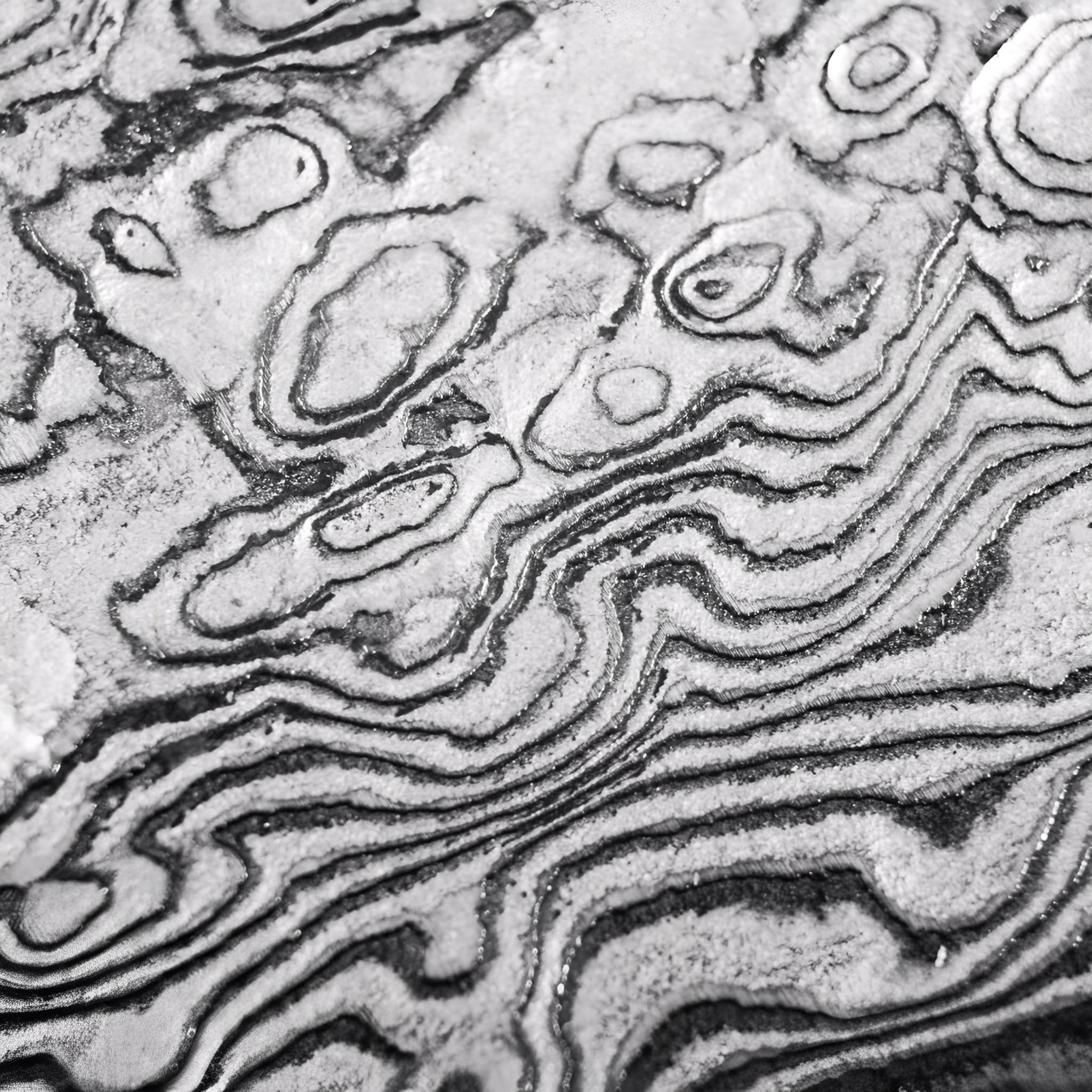
Materials Chosen Without Compromise
We select only the highest-grade steels and authentic fittings to ensure every katana is both a masterpiece and a reliable companion.
From the flawless hamon line to the perfectly balanced tang, each detail is carefully inspected to meet the highest standards of performance and aesthetics.
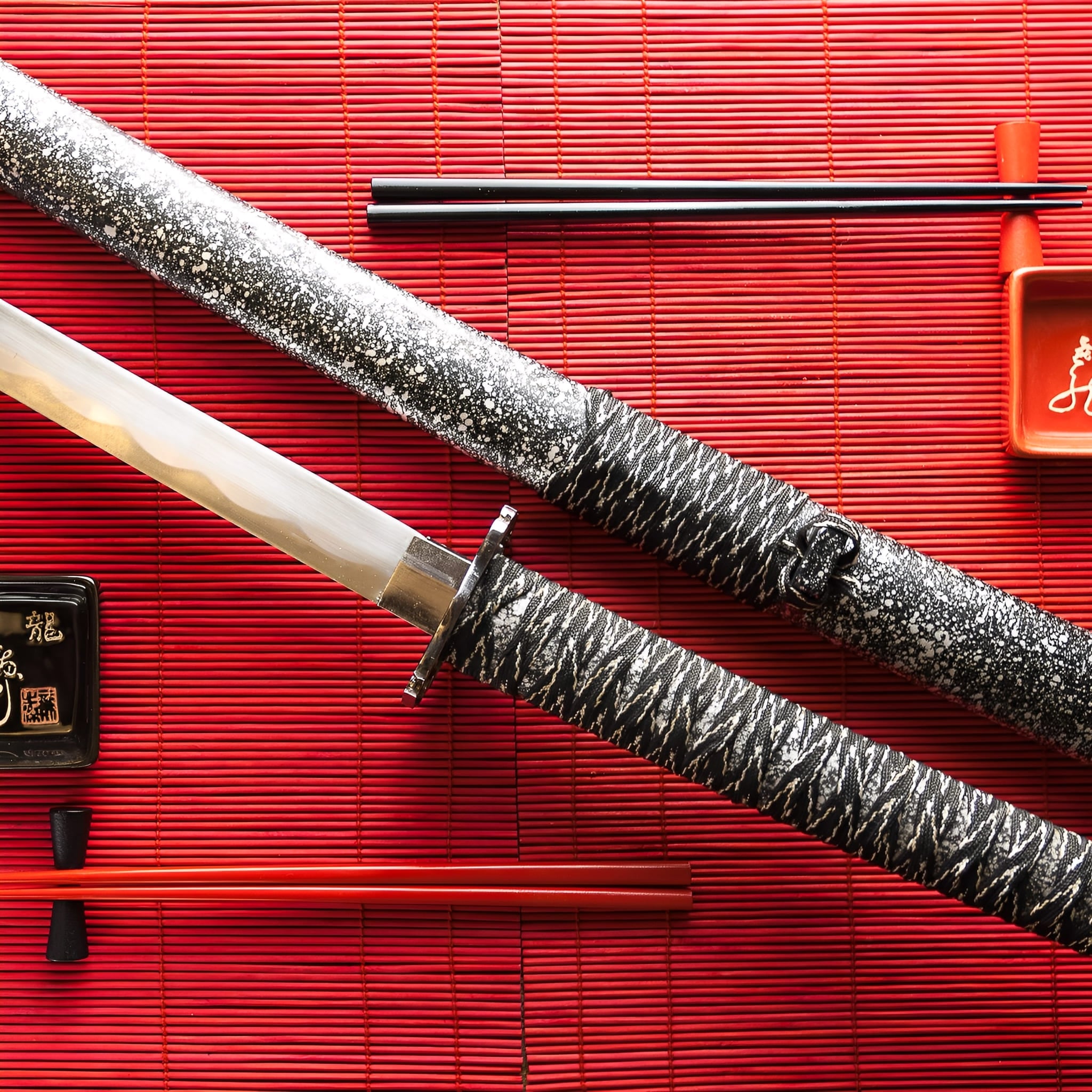
More Than a Sword, A Lifelong Legacy
Owning a handmade katana is an experience that goes beyond the blade itself. It’s holding history, tradition, and craftsmanship in your hands.
Whether displayed as a work of art or wielded with precision, your katana will stand as a symbol of timeless skill and dedication for generations to come.
-
Key Destinations
United States: 5–7 days
Canada: 5–7 days
Australia: 6–9 days
Denmark: 4–6 days
Netherlands: 3–5 days
Sweden: 4–6 days
Switzerland: 3–5 days
Finland: 5–7 days
Singapore: 6–8 days -
Central European Partners
France: 2–3 days
Germany: 3–5 days
Spain: 4–6 days
Italy: 4–6 days
Belgium: 3–5 days
Austria: 4–6 days
Ireland: 4–6 days
Poland: 4–6 days
Portugal: 4–6 days -
Extended EU Network
Czechia: 4–6 days
Hungary: 4–6 days
Slovakia: 4–6 days
Slovenia: 5–7 days
Romania: 5–7 days
Bulgaria: 5–7 days
Croatia: 5–7 days
Serbia: 5–7 days
Estonia: 5–7 days
Latvia: 5–7 days
Lithuania: 5–7 days
Luxembourg: 3–5 days
Greece: 5–8 days -
FAQ’s
Visit our FAQs page to find answers to common questions.